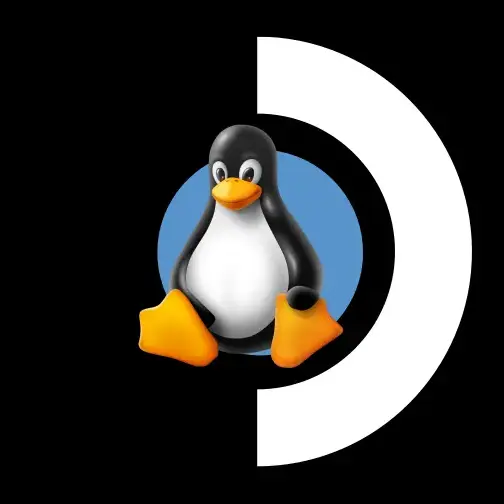

I don’t have a direct source other than the source code of the software they use: https://github.com/mautrix/signal
When using one of their “cloud hosted” bridges, the bridge software (that connects between Matrix/Beeper and other protocols) has to read all message content. Otherwise, it’s impossible to bridge to another protocol. E2EE becomes end (other users) to bridge (beeper) encryption.
With “local hosted” bridges, E2EE stays intact, but messages can’t be sent/received if the device hosting the bridge is unavailable.
In the future, with MLS (a different E2EE protocol), it could be possible to keep E2EE even when bridging to Matrix on cloud hosted bridges.



Client side anti-cheat is inherently flawed. These games are asking an untrusted computer whether it is cheating. That’s like asking a known liar whether they’re lying at that moment. The one way to make it harder for the computer to “lie” is by increasing the permissions the AC has, which comes at the cost of privacy for people with the game, and security for every Windows user (not just the ones with a certain game installed).
Client side anti-cheat can be poked and investigated locally, with no restrictions. All it takes a skilled enough cheater is time, and they will bypass it. The only way to test server side anti-cheat is by hopping in the game, trying to learn how it works, and trying to bypass it. That is a much more time consuming and expensive process.